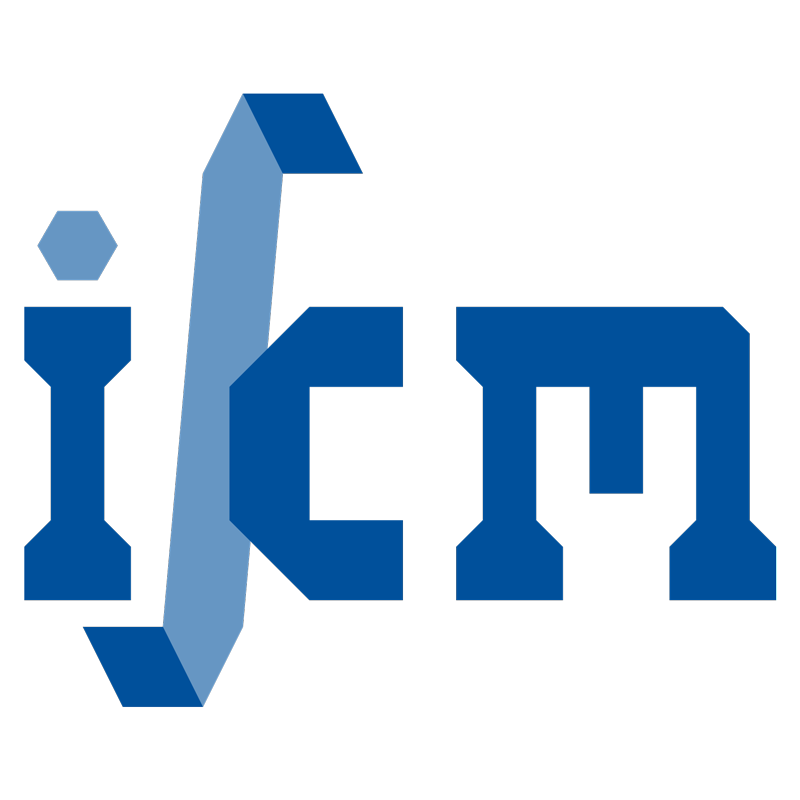A numerical framework for modelling tire mechanics accounting for composite materials, large strains and frictional contact
- verfasst von
- A. Cornejo, V. Mataix, P. Wriggers, L. G. Barbu, E. Oñate
- Abstract
We present a general framework for the analysis and modelling of frictional contact involving composite materials. The study has focused on composite materials formed by a matrix of rubber and synthetic or metallic fibres, which is the case of standard tires. We detail the numerical treatment of incompressibility at large deformations that rubber can experience, as well as the stiffening effect that properly oriented fibres will induce within the rubber. To solve the frictional contact between solids, a Dual Augmented Lagrangian Multiplier Method is used together with the Mortar method. This ensures a variationally consistent estimation of the contact forces. A modified Serial-Parallel Rule of Mixtures is employed to model the behaviour of composite materials. This is a simple and novel methodology that allows the blending of constitutive behaviours as diverse as rubber (very low stiffness and incompressible behaviour) and steel (high stiffness and compressible behaviour) taking into account the orientation of the fibres within the material. The locking due to the incompressibility constraint in the rubber material has been overcome by using Total Lagrangian mixed displacement-pressure elements. A collection of numerical examples is provided to show the accuracy and consistency of the methodology presented when solving frictional contact, incompressibility and composite materials under finite strains.
- Organisationseinheit(en)
-
Institut für Kontinuumsmechanik
- Externe Organisation(en)
-
Institut Catala de la Salut
Universitat Politècnica de Catalunya
- Typ
- Artikel
- Journal
- Computational mechanics
- Band
- 73
- Seiten
- 1-25
- Anzahl der Seiten
- 25
- ISSN
- 0178-7675
- Publikationsdatum
- 01.2024
- Publikationsstatus
- Veröffentlicht
- Peer-reviewed
- Ja
- ASJC Scopus Sachgebiete
- Numerische Mechanik, Meerestechnik, Maschinenbau, Theoretische Informatik und Mathematik, Computational Mathematics, Angewandte Mathematik
- Elektronische Version(en)
-
https://doi.org/10.1007/s00466-023-02353-4 (Zugang:
Offen)


